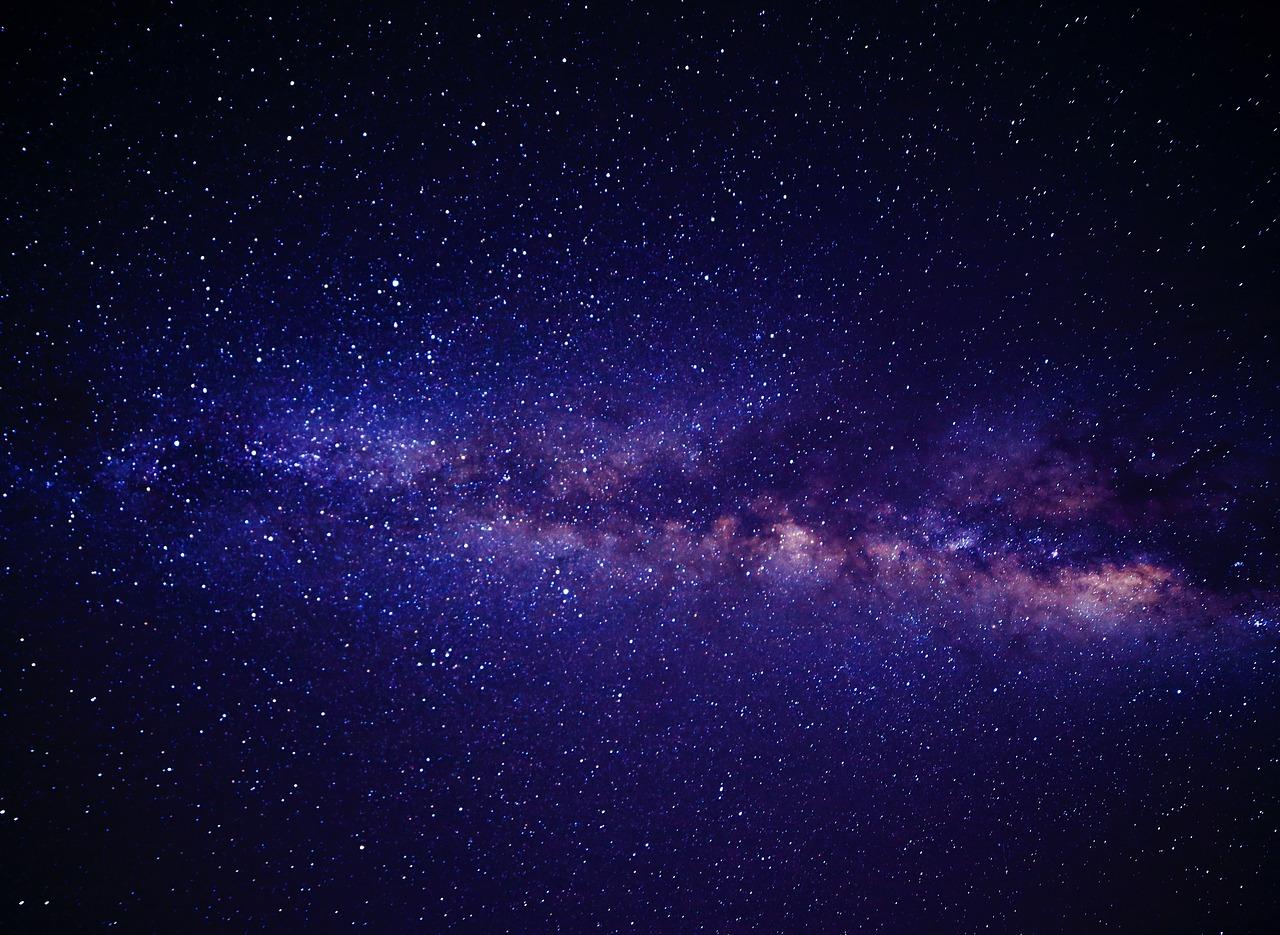Astronomers have discovered an extremely distant and, therefore, very young galaxy that surprisingly resembles our Milky Way, the European Southern Observatory ESO announced today.
The galaxy is so far away that its light took more than 12 billion years to reach us: we see it as it was when the Universe was only 1.4 billion years old.
It is also surprisingly orderly, which contradicts the theory that all galaxies in the early Universe were turbulent and unstable.
It concerns galaxy SPT0418-47 that was outsmarted by the ALMA radio telescope in Chile. Although it does not appear to have spiral arms, it has at least two characteristics that are features of our Milky Way: a rotating disk and a central thickening or ‘bulge’, a large group of stars that have gathered around the center of the galaxy.
It is the first time that such a bulge has been observed so early in the history of the Universe, stresses the ESO of which Belgium is a founding member. It makes SPT0418-47 the furthest double of the Milky Way.
“The big surprise was that, contrary to what was expected on the basis of model calculations and earlier, less accurate observations, this galaxy is quite similar to nearby galaxies,” says Filippo Fraternali of the University of Groningen.
The young galaxies in the early Universe were not yet fully grown. Hence, astronomers expected them to be chaotic and not exhibit the unmistakable structures characteristic of adult galaxies such as the Milky Way.
The investigation of distant galaxies such as SPT0418-47 is essential to our understanding of how galaxies formed and evolved, according to ESO. It provides new insights about the past of our Universe.
Light 12 billion years
This galaxy is so far away that we see it when the Universe was only ten percent of its current age. Its light took 12 billion years to reach Earth. By studying this galaxy, we go back to a time when the development of these baby galaxies had only just begun.
Because these galaxies are so far away, detailed observations with even the most powerful telescopes are almost impossible: the galaxies normally appear as small, weak spots. The team was able to overcome this obstacle by using a nearby galaxy that acts as a powerful magnifying glass – a phenomenon called the gravitational lens effect. In this effect, light from the distant galaxy is distorted and deflected by the gravitational pull of the lens system.
Long ago
With the help of this ‘lens system’, ALMA was able to look into the distant past with unprecedented detail. As a result, the distant galaxy looks much larger and appears misshapen. In this case, SPT0418-47 appears as an almost perfect ring of light around the lens system. That’s because the two galaxies are almost exactly aligned.
The research was led by Francesca Rizzovan of the Max-Planck-Institut für Astrophysik in Germany. The results are in the latest issue of the journal Nature.
